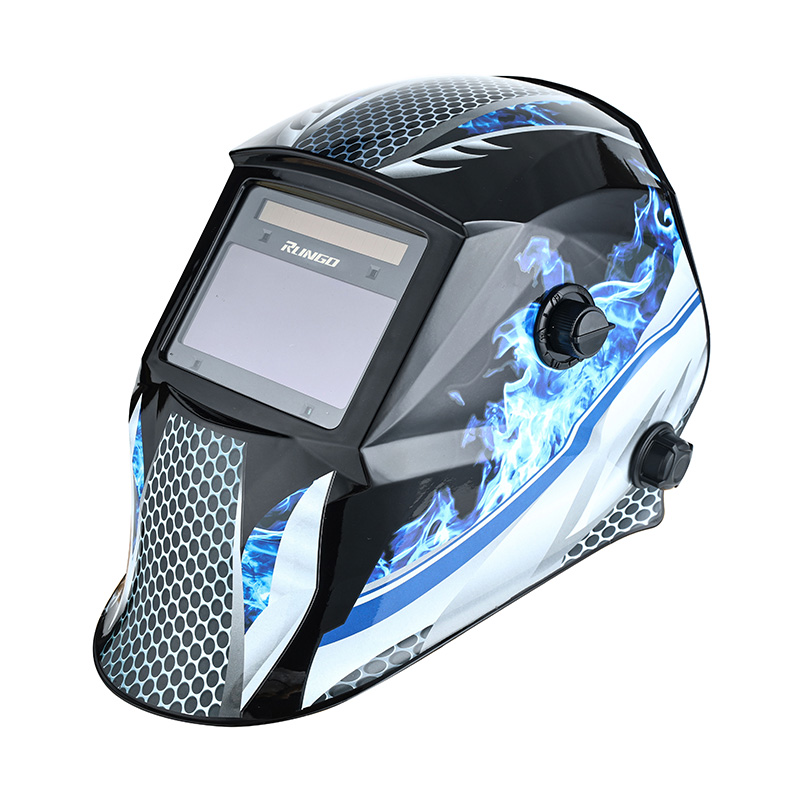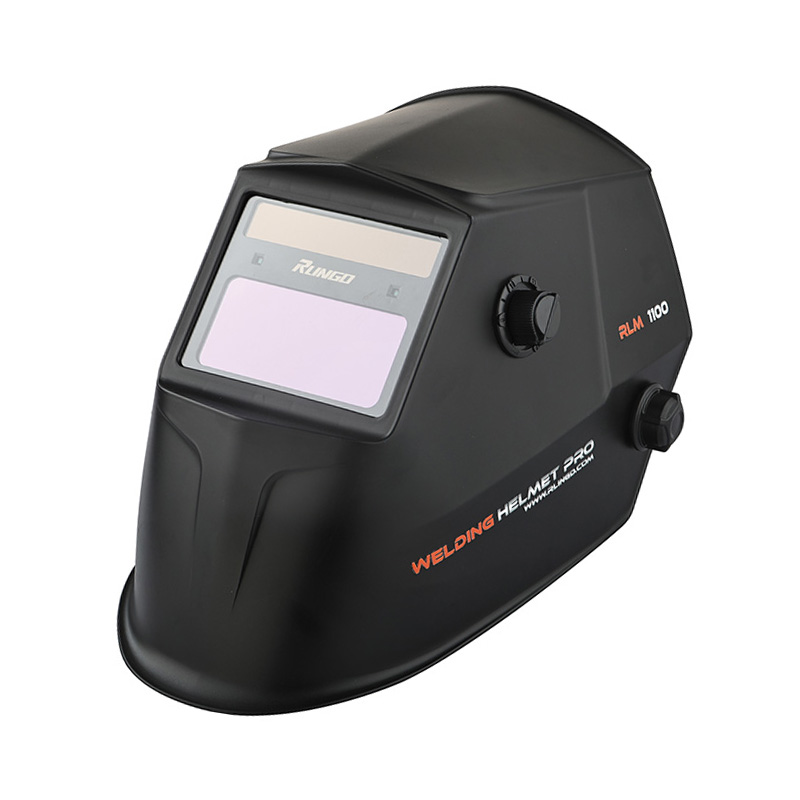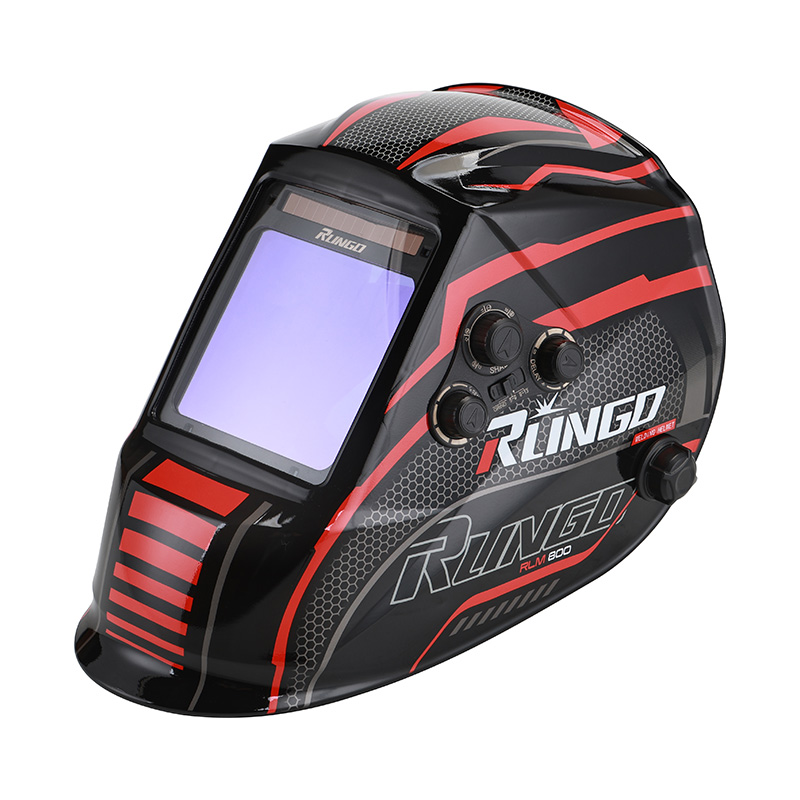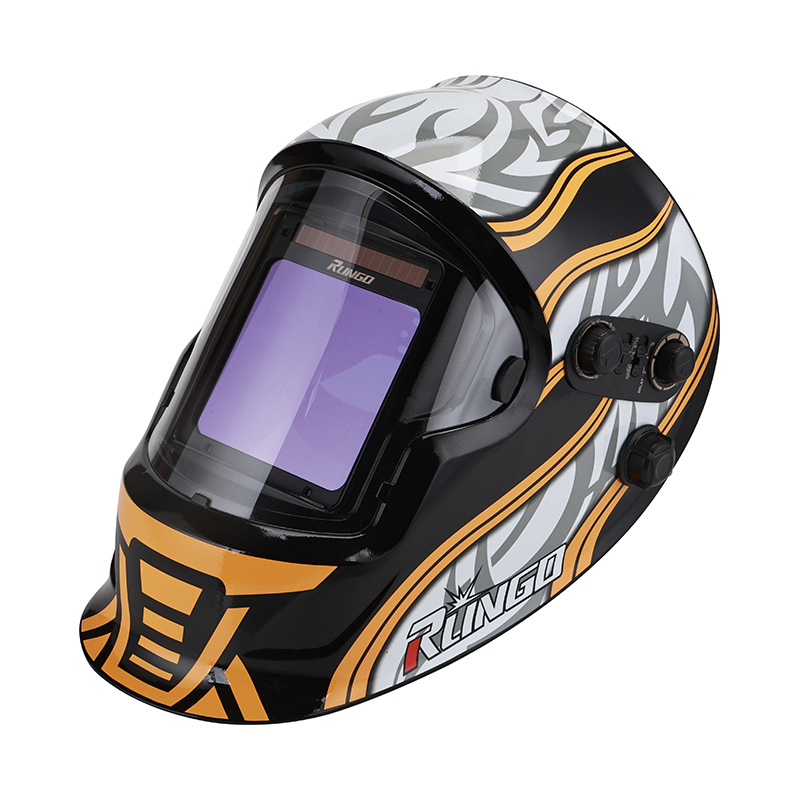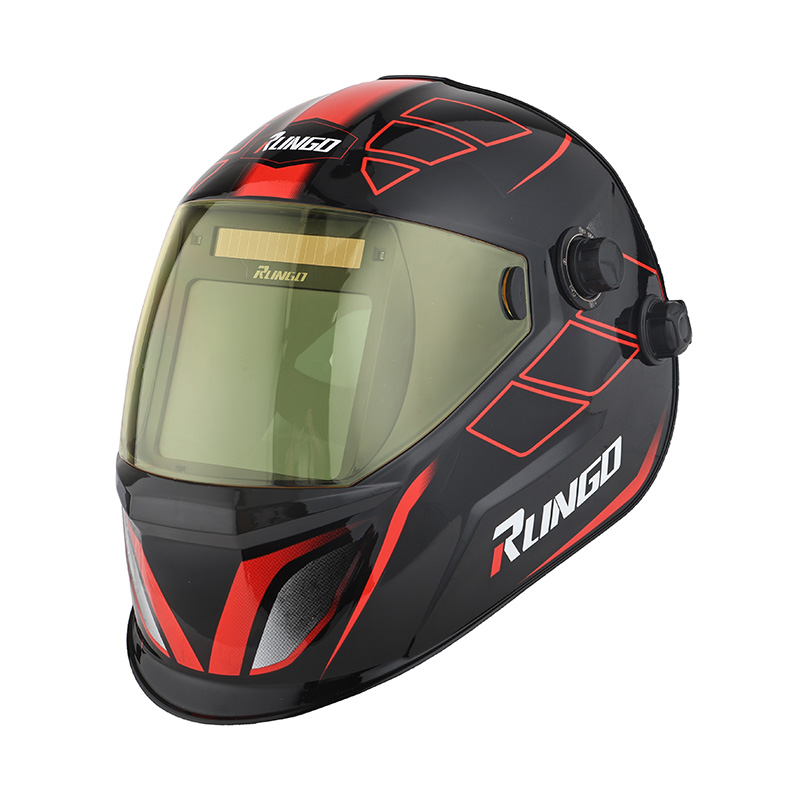Whether an Auto Darkening Welding Helmet Allows Shade Adjustment for Different Welding Techniques
2025-07-04
Understanding the Need for Adjustable Shade Settings
Welding involves a wide variety of processes, such as MIG, TIG, stick welding, and plasma cutting, each generating different levels of brightness and intensity. To ensure both eye protection and visibility, a helmet must provide the right level of shade. An auto darkening welding helmet that supports adjustable shade levels can respond to these diverse needs, offering flexibility for professionals and hobbyists alike. This adaptability not only increases safety but also enhances accuracy during different types of welding work.
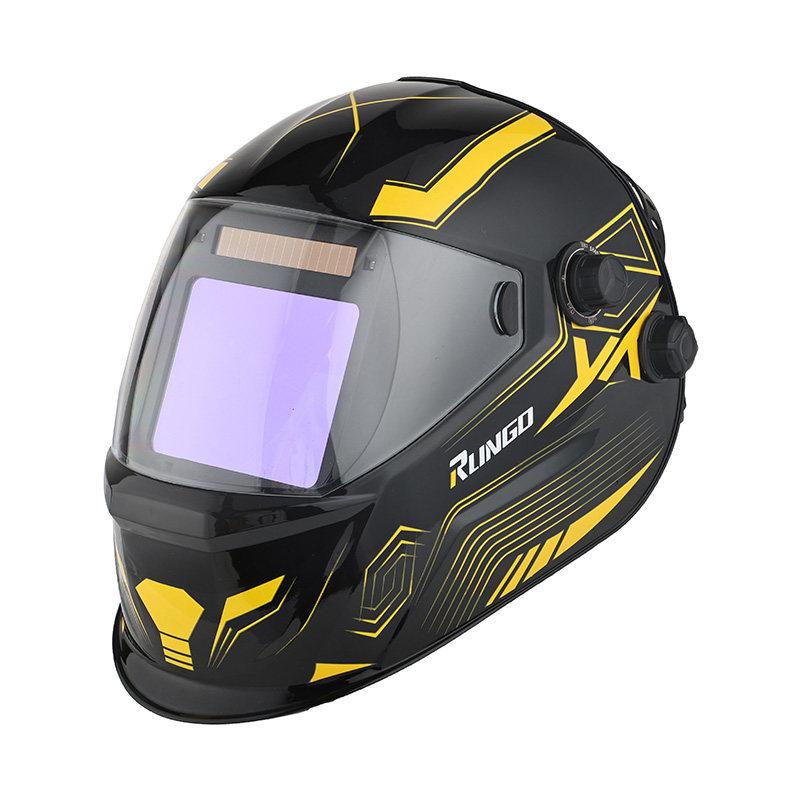
How Shade Adjustment Works in Practice
Most high-quality helmets come with a variable shade range, typically between shade levels 9 and 13 for welding, with lighter settings available for grinding or torch work. Users can manually set the shade level or rely on automatic sensors to adjust it according to the arc's intensity. For instance, MIG welding often requires a higher shade due to its brightness, while TIG welding—particularly at lower amperages—needs a lighter setting to allow clearer visibility of the work area. The ability to adjust shade settings ensures suitable protection without compromising clarity.
Benefits of Process-Specific Adaptability
Being able to fine-tune the lens shade gives welders greater control and comfort. An overly dark lens can make it difficult to see the weld pool clearly, especially in precision work like TIG welding. On the other hand, insufficient shading during intense processes can strain or damage the eyes. Helmets with customizable shade levels allow users to match protection to the welding method, reducing eye fatigue and improving overall weld quality. This feature is particularly useful in multi-process environments where welders frequently switch between techniques.
Advanced Features Supporting Shade Control
Modern helmets often include digital controls, memory functions, or external knobs that make shade adjustments more precise and convenient. Some models even offer separate modes for welding, cutting, and grinding, each with preset or programmable shade values. Sensitivity and delay settings can also be customized to adjust how quickly the lens darkens or returns to light after welding stops. These advanced features work together to provide a tailored experience that suits the specific demands of different welding applications.
User Experience Across Various Welding Scenarios
Welders who frequently shift between projects often highlight the importance of shade variability in their equipment. In production environments or custom fabrication shops, using a helmet that can be quickly adapted to different processes saves time and increases efficiency. Portable or on-site welders also benefit from having one helmet that handles multiple tasks, eliminating the need to switch between different protective gear. This versatility makes the helmet a practical choice for both professionals and serious DIY enthusiasts.
Conclusion: A Flexible Solution for Versatile Welding Needs
In conclusion, many modern auto-darkening welding helmets are designed to support shade adjustment for a range of welding techniques. This feature not only enhances eye protection but also improves precision and comfort during use. With various shade levels and advanced control options, these helmets provide the adaptability required to tackle diverse welding tasks safely and efficiently. Choosing a helmet with adjustable shade settings is an investment in both protection and performance for any welder.



